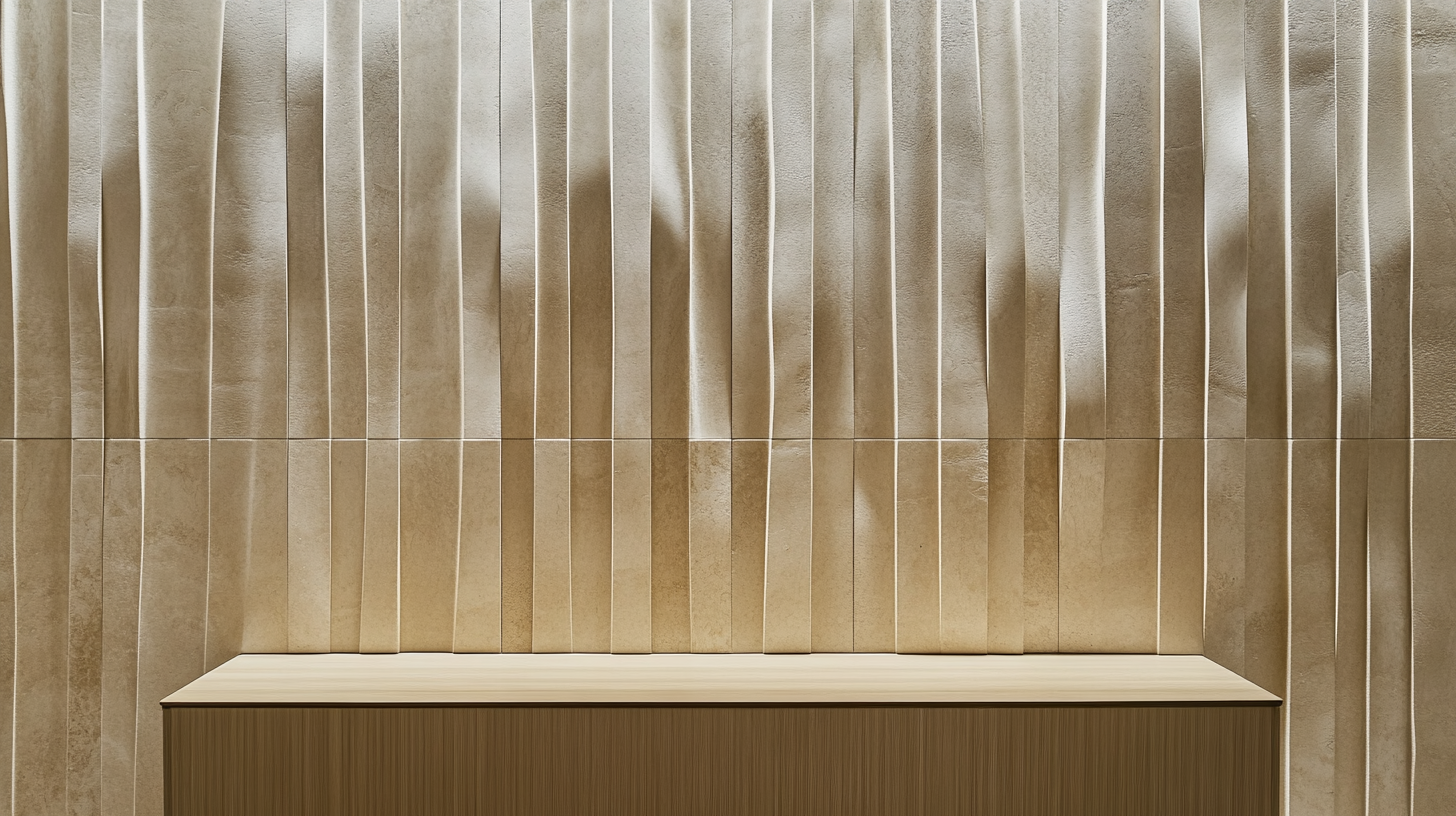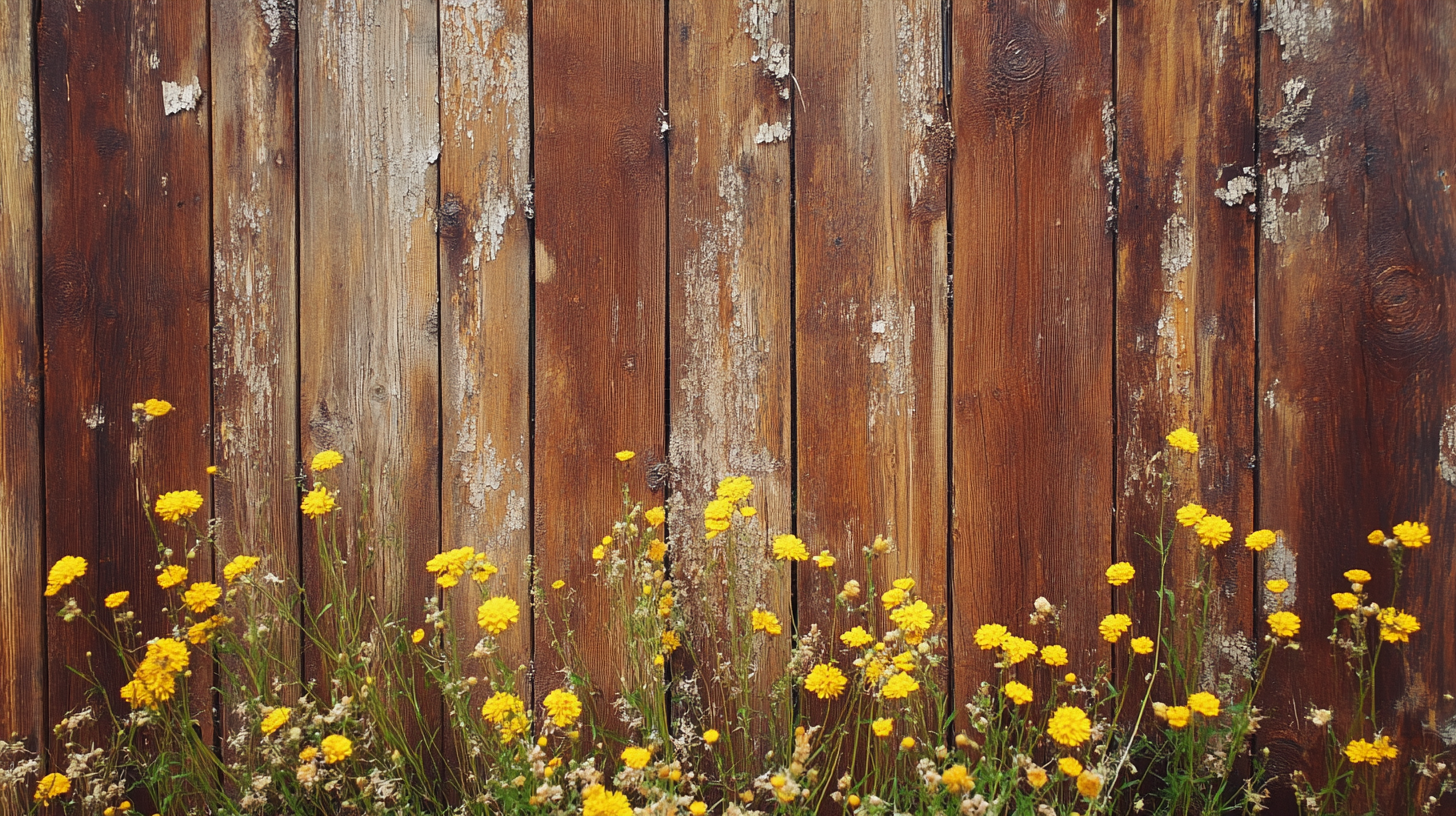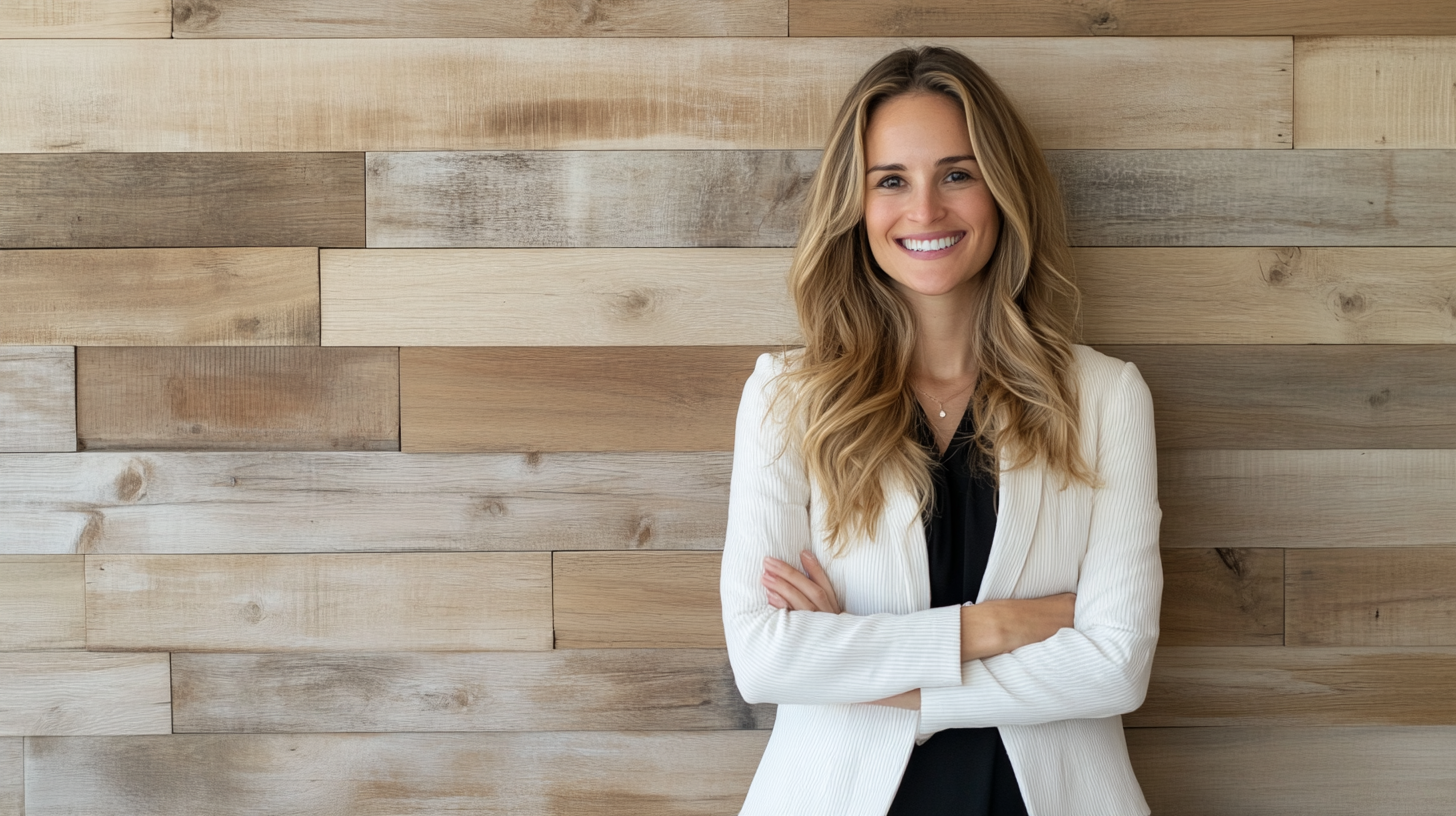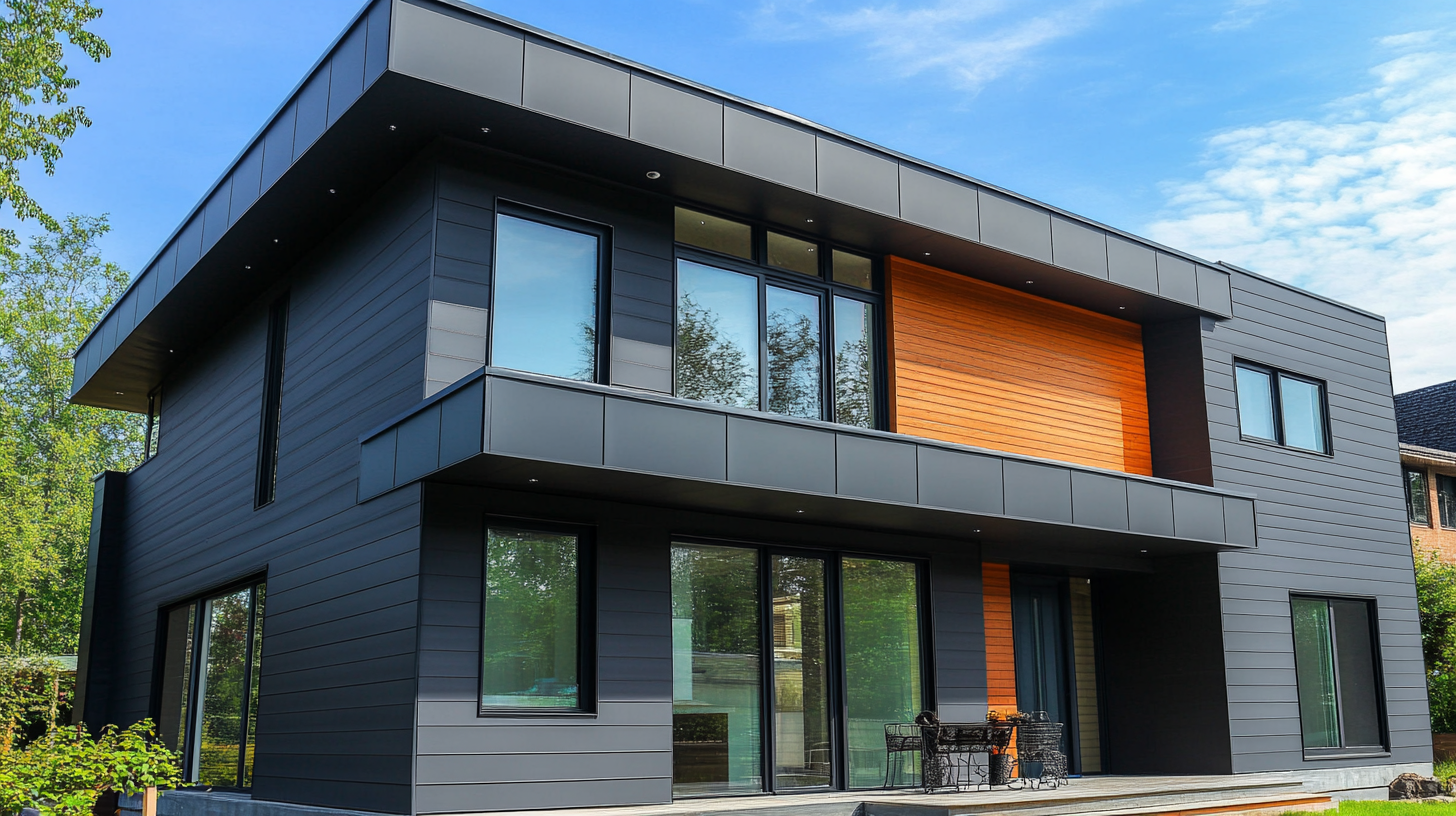
In contemporary home design, the choice of materials plays a crucial role in both aesthetics and functionality. One material that has significantly gained traction in recent years is Plastic Bathroom Cladding. According to a report by Grand View Research, the global cladding market size was valued at USD 238.5 billion in 2020 and is expected to expand at a compound annual growth rate (CAGR) of 5.5% from 2021 to 2028. This trend highlights a growing preference for innovative and sustainable materials that not only enhance the visual appeal of spaces but also offer practical benefits.
Plastic Bathroom Cladding stands out as a versatile option, combining minimal maintenance requirements with waterproof and easy-to-clean surfaces. A survey by The National Association of Home Builders indicates that homeowners are increasingly inclined towards materials that provide durability and longevity, with 70% prioritizing low maintenance over traditional options. When considering the broader context of bathroom renovations, which, according to Remodeling Magazine, can return up to 70% of their cost, employing Plastic Bathroom Cladding can be a strategic investment that elevates the overall value and usability of modern homes.

Plastic bathroom cladding has become an increasingly popular choice in modern home design, primarily due to its remarkable durability. Unlike traditional materials such as wood or plaster, plastic cladding is inherently resistant to moisture, which is a critical factor in areas prone to humidity and water exposure. According to a report by Grand View Research, the global plastic cladding market is expected to grow significantly, driven by these advantageous properties. With a lifespan exceeding 20 years when properly maintained, plastic cladding can significantly reduce the frequency and cost of replacements, making it a sound investment for homeowners. In addition to moisture resistance, plastic bathroom cladding is also impervious to mold and mildew, which can pose health risks to occupants. The National Center for Healthy Housing highlights that mold can grow on porous surfaces within 24 to 48 hours if moisture levels are high. Plastic cladding's non-porous surface eliminates this problem, ensuring a healthier environment and easier cleaning. Furthermore, it is available in a variety of finishes and colors, allowing for design flexibility without compromising on durability. The maintenance requirements for plastic cladding are minimal compared to other materials. A simple wipe-down with mild soap and water is often more than enough to keep it looking new. Reports suggest that homeowners can save up to 30% on maintenance costs over the lifetime of plastic cladding compared to traditional bathroom materials, making it not only an aesthetically pleasing choice but also a financially savvy one.

In modern home design, aesthetics and versatility play a vital role in interior choices, particularly in spaces like bathrooms where functionality and style must coexist. One standout solution is plastic bathroom cladding, which offers a range of design potentials that can elevate the overall look and feel of this often-overlooked space. According to a recent market report by Research and Markets, the global market for plastic bathroom cladding is anticipated to grow at a CAGR of 5.4% from 2023 to 2028, highlighting its increasing popularity among homeowners and designers alike.
Plastic cladding options come in an array of colors, patterns, and textures, enabling designers to create tailored, unique looks that can mimic natural materials such as wood or stone without the associated maintenance woes. A survey by Grand View Research indicates that around 72% of homeowners consider aesthetics as a primary factor when remodeling their bathrooms, underscoring the significance of materials that offer visual appeal while remaining practical. Whether it's a sleek, modern design or a more rugged, rustic finish, plastic cladding can seamlessly integrate with various styles, enhancing the bathroom's overall ambiance.
In addition to aesthetics, the versatility of plastic bathroom cladding is evidenced by its application in both residential and commercial projects. Its lightweight nature facilitates easy installation, which can significantly reduce renovation time—an attractive factor for both DIY enthusiasts and professional contractors. Furthermore, durability statistics reveal that high-quality plastic cladding can withstand moisture and impact more effectively than traditional materials, making it an ideal choice for high-traffic areas prone to wear and tear. This combination of beauty and practicality truly allows homeowners to reimagine their bathroom spaces.

Cost-Effectiveness: Saving Money with Plastic Cladding Solutions
In modern home design, cost is often a critical factor guiding renovation and remodeling decisions. One significant advantage of using plastic bathroom cladding is its cost-effectiveness compared to traditional materials. Homeowners often find themselves faced with budget constraints, and plastic cladding offers an enticing solution that doesn’t compromise style or functionality. With its low initial cost and minimal upkeep, plastic cladding allows homeowners to allocate their budgets more effectively.
Another key factor in the cost-effectiveness of plastic cladding is its durability and longevity. Unlike wood or tiles that may require regular maintenance or replacement, plastic cladding is resistant to moisture and mold, reducing the need for frequent repairs. This longevity translates to further savings over time, as homeowners can avoid the expenses associated with maintenance and renovations. Additionally, the ease of installation associated with plastic cladding can significantly cut labor costs, allowing for a faster project completion time without sacrificing quality.
Energy efficiency is another benefit, as some plastic cladding products are designed to provide additional insulation, potentially lowering heating and cooling bills. When considering a long-term investment for your home, the initial savings on materials combined with ongoing cost reductions make plastic bathroom cladding an inviting option for modern home design.

When it comes to maintaining a clean and fresh bathroom environment, plastic bathroom cladding stands out as a superior choice in modern home design. Unlike traditional materials, plastic cladding is significantly easier to clean due to its smooth, non-porous surface. This means that dirt, grime, and mold have fewer places to settle, reducing the amount of time and effort spent on maintenance. A simple wipe with a damp cloth and mild cleanser is often all you need to keep the surfaces looking pristine.
Another advantage is the resistance of plastic cladding to moisture and humidity, which are prevalent in bathrooms. Unlike wood or drywall, it does not warp or peel when exposed to water. This durability ensures that your bathroom remains not just clean, but also in excellent condition over time. Additionally, the availability of various colors and textures allows homeowners to customize their space while enjoying the practical benefits of easy maintenance. With plastic cladding, achieving a stylish look does not come with the burden of extensive upkeep.
Moreover, plastic bathroom cladding is incredibly lightweight and can be installed without causing significant disruption, making it an excellent option for quick renovations. By choosing this modern material, you can enjoy the peace of mind that comes with easy care while enhancing the overall aesthetic of your bathroom.
Eco-friendly design has become a central focus in modern home decoration, and bathroom cladding made from sustainable materials is leading the way. One of the significant advantages of using plastic bathroom cladding is its ability to reduce environmental impact. Many producers create cladding from recycled plastics, minimizing waste and promoting the circular economy. This not only conserves resources but also provides homeowners with a durable option that resists moisture and mold, ensuring a healthier living environment.
Another sustainable choice in bathroom design is the versatility of plastic cladding's aesthetic appeal. Available in a variety of colors and textures, it allows for creative freedom while aligning with eco-friendly principles. Designers can achieve a modern aesthetic without sacrificing environmental values. Additionally, the lightweight nature of plastic cladding simplifies transportation and installation, further reducing the carbon footprint associated with traditional building materials.
By prioritizing eco-friendly materials like plastic cladding, homeowners can transform their bathrooms into stylish and sustainable spaces. As awareness of environmental issues grows, the demand for sustainable choices in home design continues to increase, positioning plastic cladding as an ideal solution for those looking to marry aesthetics with ecological responsibility.
